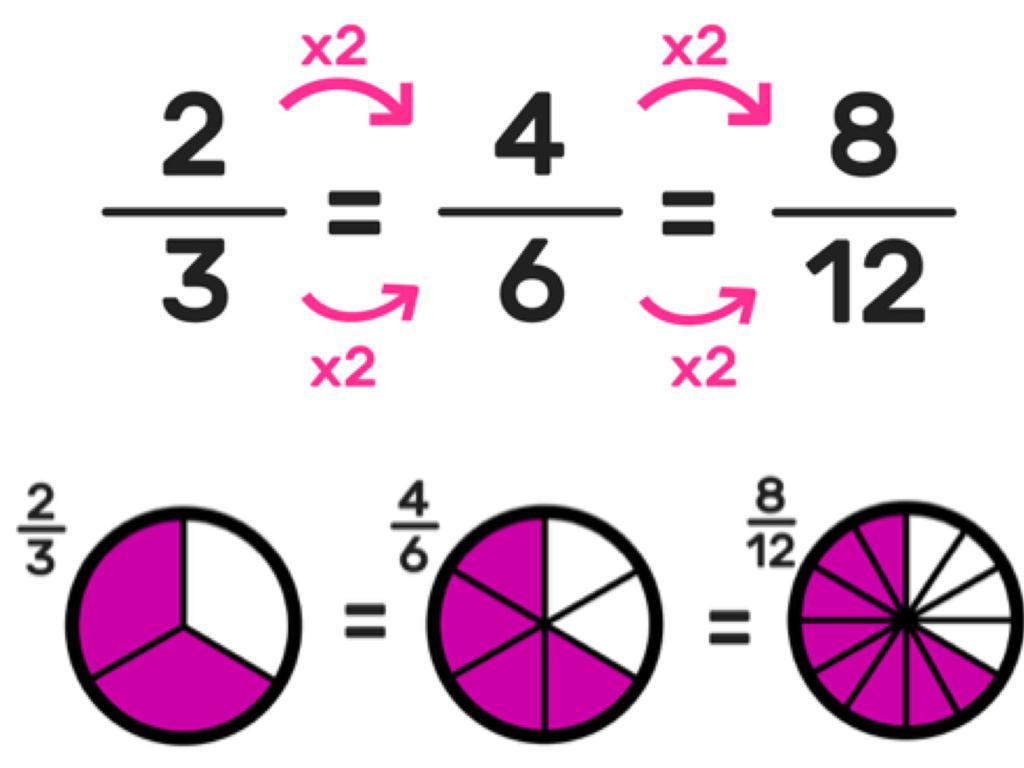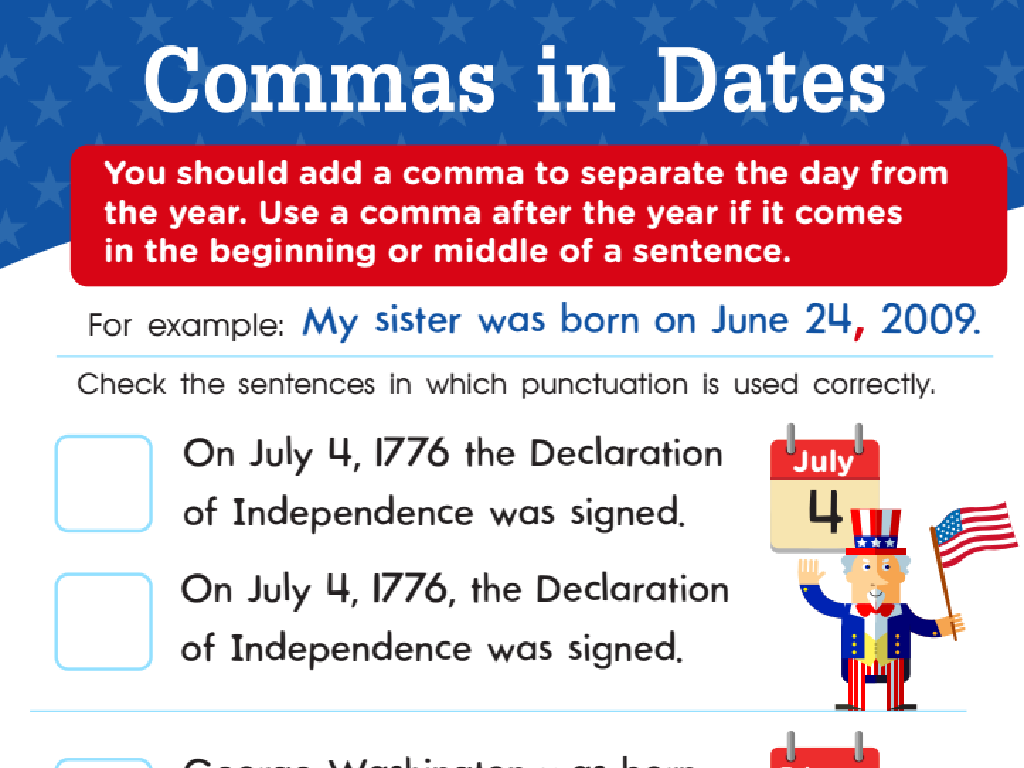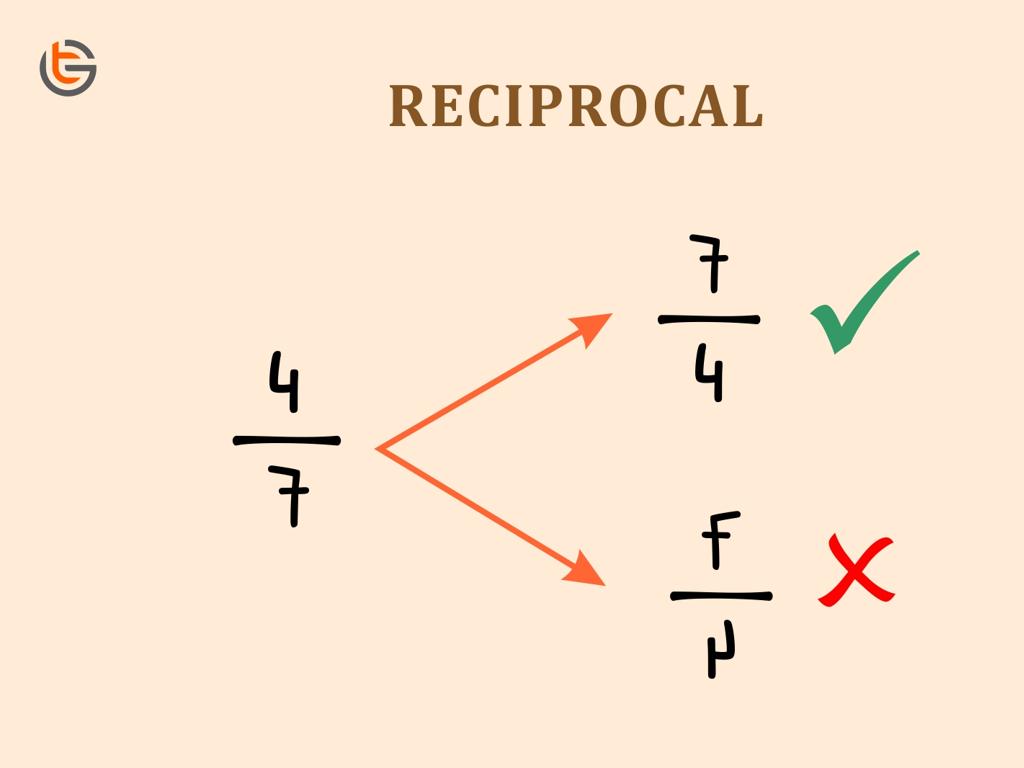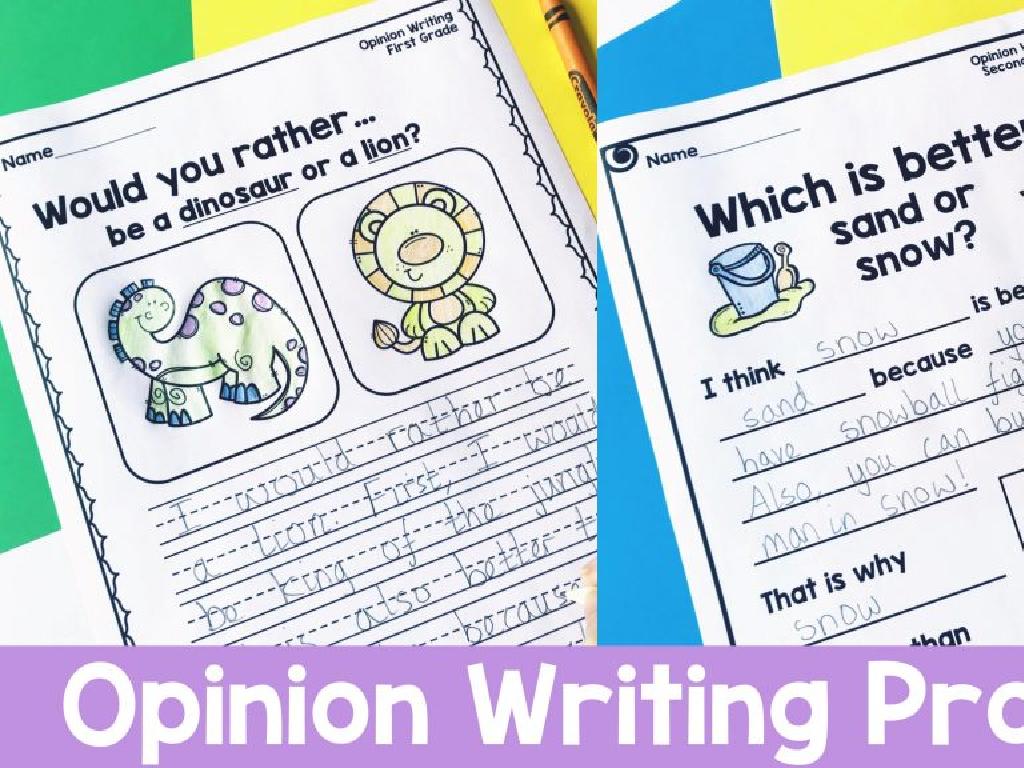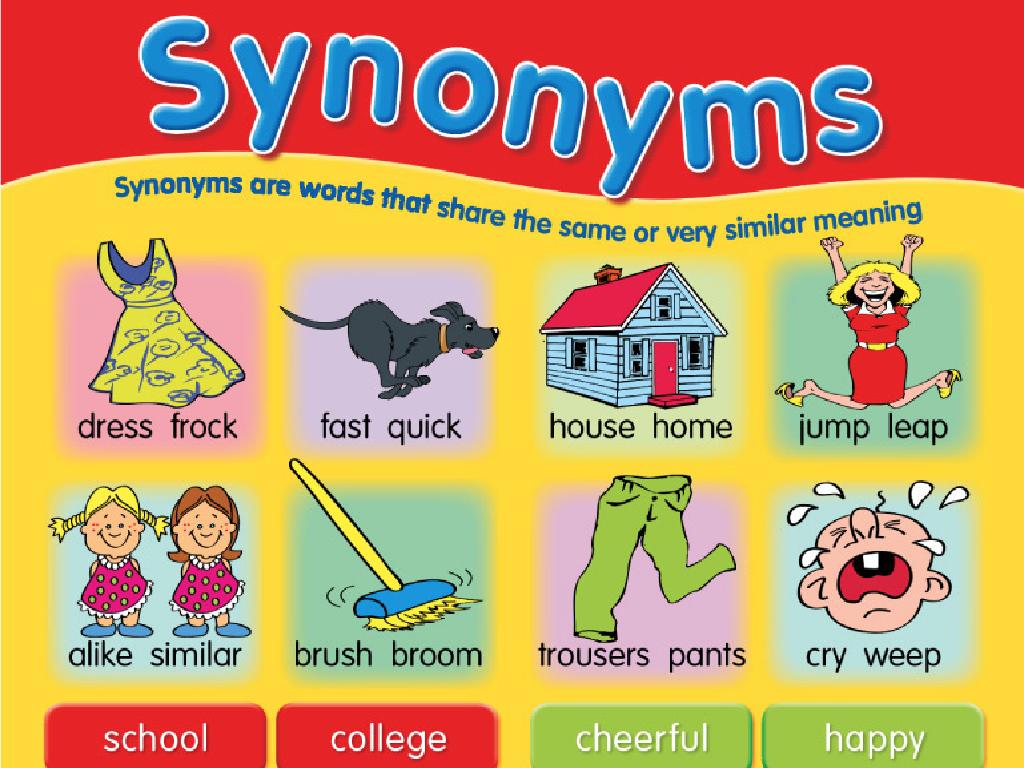Read Graphic Organizers
Subject: Language arts
Grade: Seventh grade
Topic: Visual Elements
Please LOG IN to download the presentation. Access is available to registered users only.
View More Content
The Role of Graphic Organizers in Language Arts
– Visuals enhance communication
– Today’s focus: Graphic Organizers
– Visual tools that represent ideas, concepts, or processes
– Why they’re key in Language Arts
– They aid in comprehension, organization, and analysis of information
– Engage with different organizer types
– Examples: Venn diagrams, story maps, and concept charts
|
This slide introduces the concept of graphic organizers and their significance in enhancing comprehension and communication in Language Arts. Visuals play a crucial role in learning by simplifying complex information and making connections clearer. Graphic organizers, as visual tools, help students to structure their thoughts, analyze text, and integrate new knowledge. They are particularly important in Language Arts for organizing narrative structures, comparing themes, or mapping out arguments. Encourage students to familiarize themselves with various types of graphic organizers and how they can be applied to different texts and writing tasks. Provide examples like Venn diagrams for comparing texts, story maps for plotting narrative elements, and concept charts for vocabulary development.
Exploring Graphic Organizers
– Define graphic organizers
– Visual tools that structure information
– Explore types: Venn, Mind Maps, T-Charts
– Venn: compare/contrast; Mind Maps: ideas; T-Charts: pros/cons
– Understand their organizational role
– They simplify complex information
– Benefits in learning and idea structuring
– Enhances memory, understanding, and clarity
|
Graphic organizers are visual representations that help students organize and structure information. They come in various forms, each serving a specific purpose. For example, Venn diagrams are excellent for comparing and contrasting two or more items, while mind maps are useful for brainstorming and showing the relationships between ideas. T-Charts are often used to weigh pros and cons or list facts and opinions. These tools are beneficial for students as they enhance memory retention, aid in understanding complex concepts, and help clarify thoughts and ideas. Encourage students to use graphic organizers in their studies and to recognize which type is best suited for different tasks.
Understanding Graphic Organizers
– Recognize titles, labels, and lines
– Titles guide the topic; labels and lines show relationships.
– Learn shapes and spaces significance
– Different shapes and spaces can represent various concepts or categories.
– Follow the flow of information
– Information often flows from general to specific or in sequence.
– Comprehend reading directions
– Directions can be top-down, left-right, or in cycles; they guide the reader.
|
This slide aims to help students understand the components and importance of graphic organizers in organizing and visualizing information. Titles and labels help identify the main idea and details, while connecting lines illustrate the relationships between them. Shapes and spaces are used to categorize information and show hierarchy. The flow of information within a graphic organizer can indicate the order of events, levels of importance, or steps in a process. Reading directions are crucial for interpreting the information correctly. Encourage students to practice with different types of graphic organizers and to pay attention to these elements for better comprehension.
Using Graphic Organizers in Language Arts
– Organize thoughts for essay writing
– Graphic organizers help structure essays and outline main ideas.
– Analyze characters and plot settings
– Use them to detail traits, motivations, and relationships.
– Compare and contrast themes
– Visual tools to highlight similarities and differences.
– Dissect texts with graphic aids
– Break down complex information into manageable parts.
|
Graphic organizers are visual representations that can simplify complex ideas and assist students in organizing their thoughts. They are particularly useful in the planning phase of essay writing, where students can outline their main ideas and supporting details. When analyzing literature, organizers can help students delve into character development, plot structure, and setting analysis. For comparing and contrasting themes or different texts, Venn diagrams or T-charts can be effective. Encourage students to use these tools to dissect texts and themes, making the information easier to understand and remember. In the next class, students can work on creating their own organizers for a chosen essay topic or literary analysis.
Reading and Interpreting Graphic Organizers
– Walkthrough a graphic organizer
– Example: A character map showing relationships
– Interpret visual information
– Visual cues like arrows and boxes explain connections
– Analyze a story’s elements
– Identify setting, plot, and character traits using a diagram
– Practice with examples
– Use sample organizers to understand story structure
|
This slide aims to teach students how to read and interpret graphic organizers, which are visual representations of information. Start with a walkthrough of a completed graphic organizer, such as a character map, to show how it illustrates the relationships between characters. Explain how visual elements like arrows, boxes, and lines can indicate different types of connections. Move on to analyzing a story’s elements using a graphic organizer, identifying key components like setting, plot, and character traits. Provide students with practice examples and encourage them to create their own organizers for a story they are familiar with. This will help them visualize and better understand the structure and elements of a narrative.
Crafting Your Graphic Organizer
– Selecting the appropriate organizer
– Match the organizer to your objective, like Venn diagrams for comparisons
– Steps to create and complete
– Identify your main idea, add supporting details, and review for clarity
– Share your organizer with peers
– Present your organizer, explain your thought process
– Reflect on the process
– Think about what worked well and what could be improved
|
This slide is aimed at guiding students through the process of creating their own graphic organizers. Start by helping them understand the purpose of different types of organizers and how to choose one that fits their task. For example, a Venn diagram is great for comparing and contrasting, while a timeline is useful for chronological events. Walk them through the steps of creating an organizer, emphasizing the importance of starting with a clear main idea and adding structured supporting details. Encourage students to share their completed organizers with the class to foster a collaborative learning environment. Finally, prompt them to reflect on their process to enhance their learning experience and improve future graphic organizer creation.
Class Activity: Create & Present a Graphic Organizer
– Divide into groups, pick a story/topic
– Each group designs a graphic organizer
– Use symbols, arrows, and shapes to connect ideas
– Present your organizer to the class
– Share the story/topic your organizer represents
– Explain your visual elements
– Discuss how your organizer helps understanding
|
This activity is aimed at enhancing students’ understanding of graphic organizers as a tool for visual learning. By working in groups, students will collaborate to choose a story or topic and then create a graphic organizer that outlines the main ideas and details. Encourage creativity in the design and use of visual elements like symbols, arrows, and shapes to represent connections between ideas. After creation, each group will present their graphic organizer to the class, explaining the rationale behind their design choices and how it aids in understanding the material. For the teacher: prepare a list of stories or topics for groups to choose from, ensure each group has access to drawing materials, and provide examples of different types of graphic organizers. Be ready to facilitate discussion and provide feedback on each presentation.
Reflecting on Graphic Organizers
– Recap graphic organizer uses
– Summarize how graphic organizers aid in organizing information and ideas.
– Discuss future assignment benefits
– Explore how these tools will assist in planning and writing future assignments.
– Engage in Q&A session
– Share thoughts and questions
|
This slide aims to consolidate the students’ understanding of graphic organizers and their practical applications in assignments. Begin by summarizing the different types of graphic organizers discussed, such as Venn diagrams, T-charts, and story maps, and how they help in structuring thoughts and information. Emphasize the benefits of using graphic organizers for future assignments, including improved organization, clearer writing, and better comprehension of material. Encourage students to ask questions or share insights about their experiences with graphic organizers. This interactive session will help gauge student understanding and provide an opportunity for peer learning.

